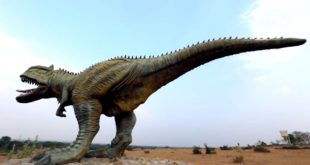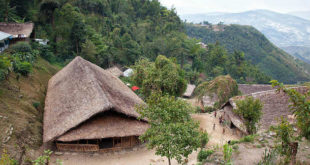Earth, its formation and development of life on its surface has been studied for centuries but there is nothing conclusive that can be said about it. Something similar is the case with the Lonar Lake. This lake is presumed to be formed due to collision of the meteor with the surface of earth in the Buldhana District in Maharashtra. Though this is assumed that this lake is formed by such an impact but still the reports on various aspects of this lake make it inclusive.
Maharashtra’s Mysterious Lonar Lake
Lonar Lake was made around 52,000 years back has a diameter of 1.2 km. The lake lies 137 meter below the rim that was formed due to the impact of the crater. The depth of the lake is 150 meter.
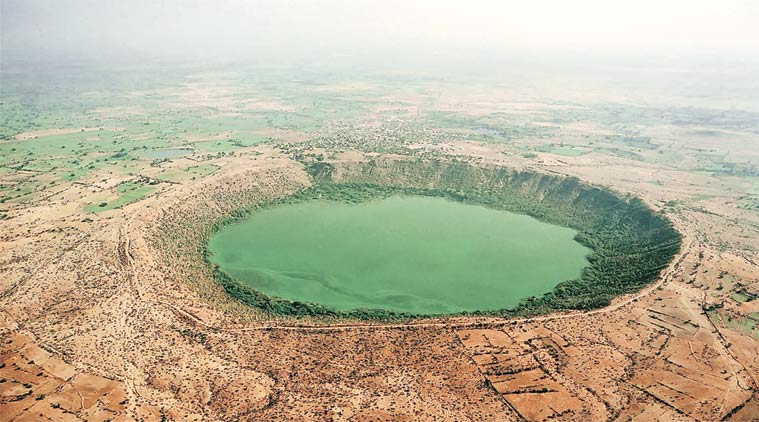
This huge lake that lies in the state of Maharashtra is still unknown to most of the people in Maharashtra. Though this is the largest lake on earth that has been created due to impact of a meteorite, only a few locals and the tourists and trekkers have knowledge about this lake.
The meteorites are very common things that move with high velocity towards earth but such large meteorites are very rare and it happens once in a while that the meteorite is able to impact the surface of earth to create a crater without being burnt down to ashes by the atmosphere of earth.
The special thing about the lake is that it is salty and alkaline at the same time. This rare occurrence is not found anywhere else. The other surprising thing is that this lake has micro-organisms that are only found in this lake and nowhere else. Also, the compass does not work in some parts of the lake. This raises many questions regarding the peculiarity of the lake and what kind of substance is there at the bottom of the lake.
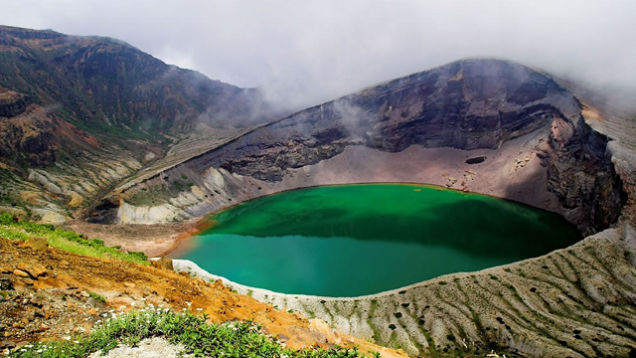
Another strange thing is about the jungle that surrounds the lake. The belt of these large trees is around one mile thick and has concentric rings that are found all around the lake. First ring is formed by the date palms that have tamarind trees standing behind them followed by a ring of Babool trees. The inside of the Lake is surrounded by no-vegetation muddy zone. The no-vegetation zone is several meter broad and has alkaline and slippery soil. This soil drains into the lake at the time of rains while in the summers the water level reduces and various types of salts and soda are collected from here. There various hills of small and medium height that surround the lake and two streams drain into this lake to supplement its water.
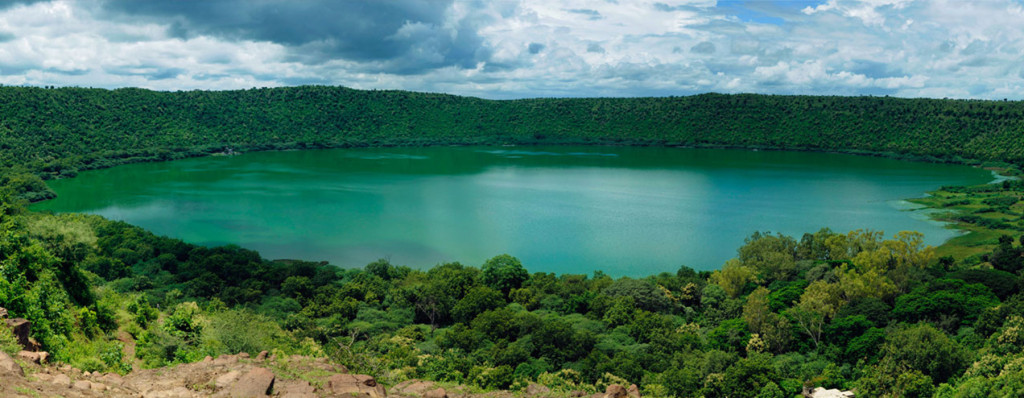
The mention of this lake is found even in the Vedic scriptures and in the documents that were written during Ashoka era, Chola era, Mughal era and many more but the first British to visit this lake was J. E. Alexander.
This lake has a lot to offer to the tourists in the form of varied fauna and flora. There are various species of animals that reside in the jungle surrounding the lake.
You may also like to Read :
 Amazing India Blog Know India Better
Amazing India Blog Know India Better

